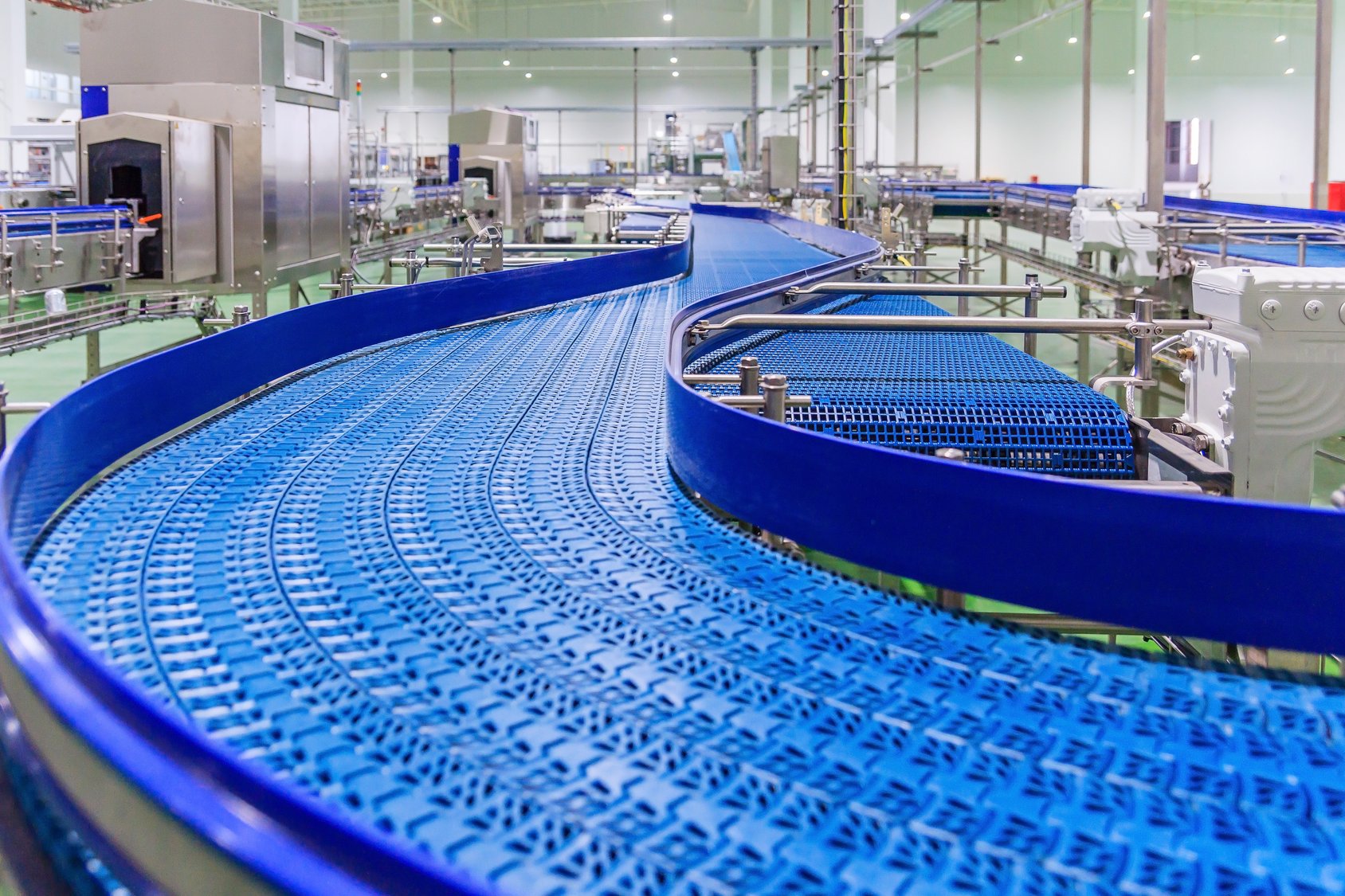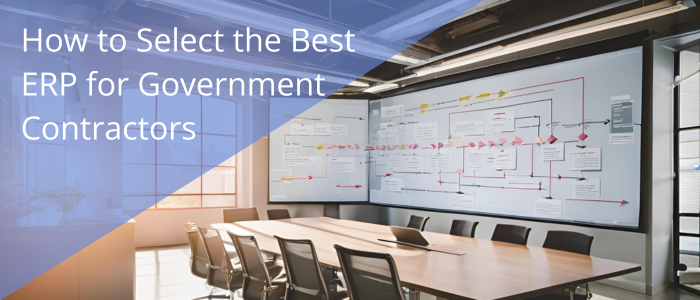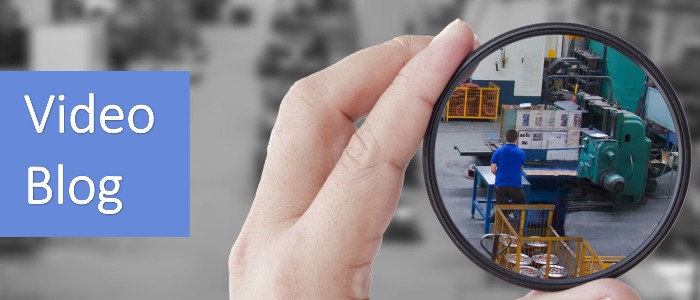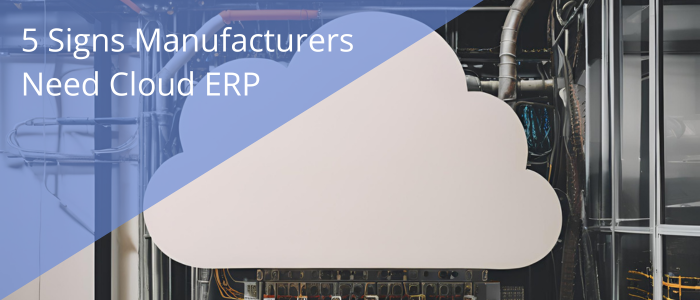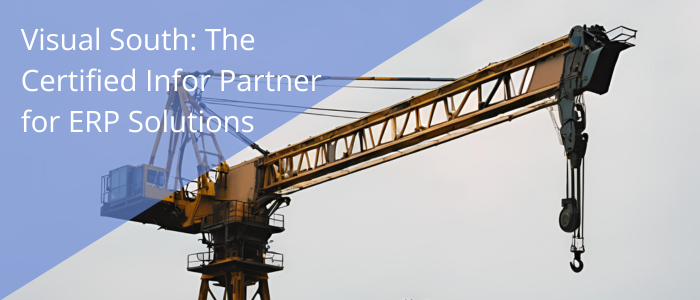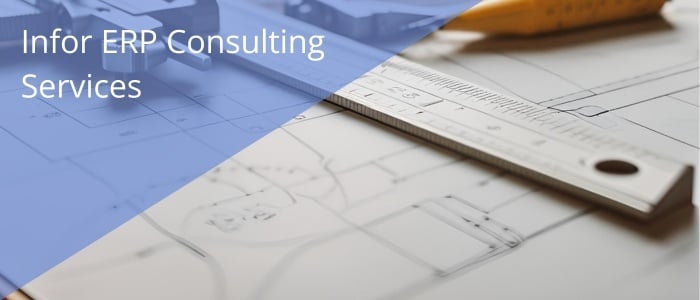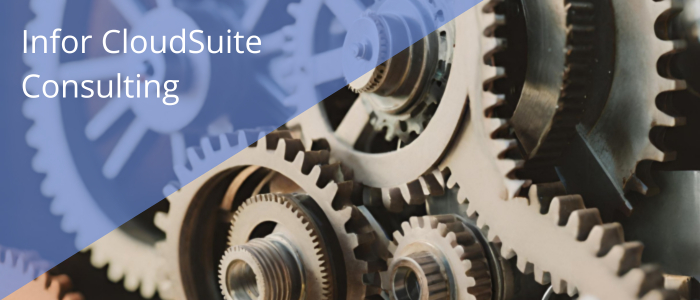The future is bright for the continued growth of cloud ERP
More and more manufacturing companies are moving away from on-premise applications. Cloud-based ERP applications are the future for the industry due to the myriad of benefits: alleviated need for hardware, database, and operating system software; fewer internal or outsourced teams for maintenance; and never having to worry about being on the latest version of your ERP.


